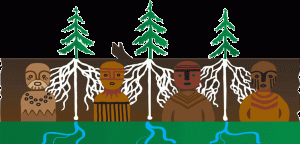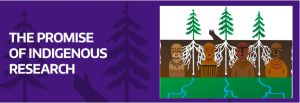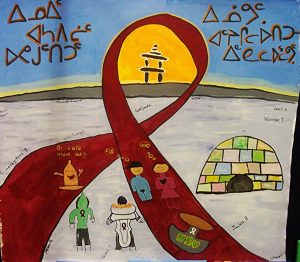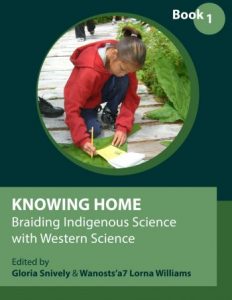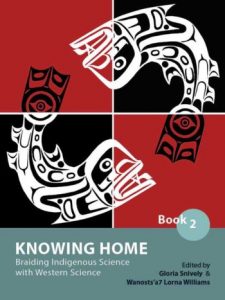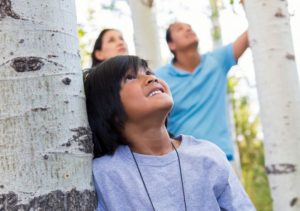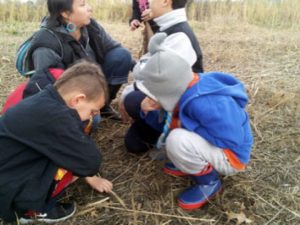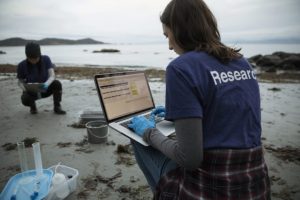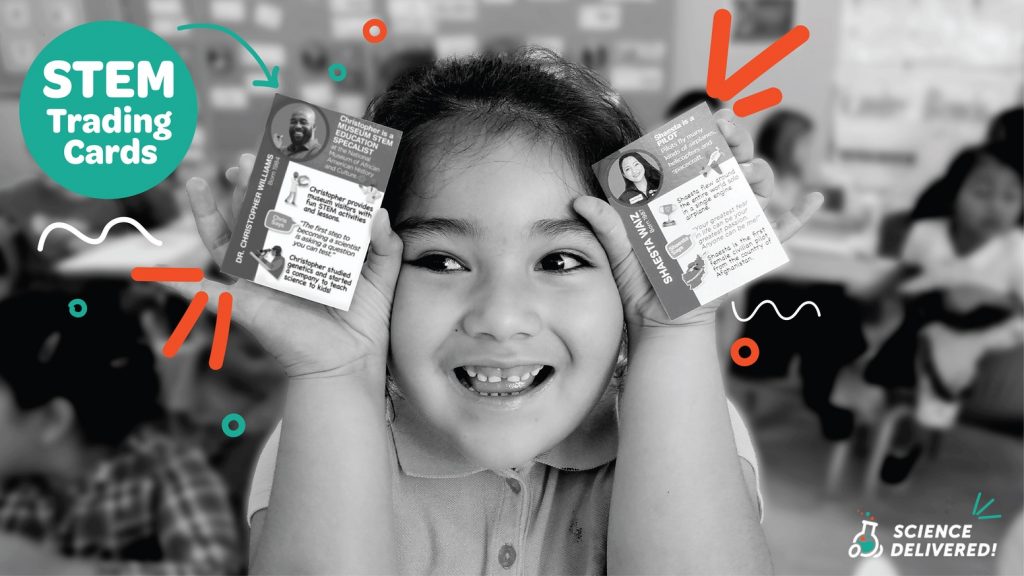The Alaska Native Knowledge Network’s goal is to serve as a resource for compiling and exchanging information related to Alaska Native knowledge systems and ways of knowing. It has been established to assist Native people, government agencies, educators, and the general public in gaining access to the knowledge base that Alaska Natives have acquired through cumulative experience over millennia.
I was drawn to this website particularly for the works of Ray Barnhardt, who is a professor at and director of the Center for Cross-Cultural Studies at the University of Alaska Fairbanks. His current research focuses on the systematic integration of Indigenous and western scientific knowledge in education. You can find his collective works through the website (there’s a lot of them!), one that many may find interesting is Creating a Place for Indigenous Knowledge in Education, but I focused on another one in particular.
Indigenous Knowledge Systems and Alaska Native Ways of Knowing, this article “seeks to extend our understandings of the learning processes within and at the intersection of diverse worldviews and knowledge systems.” He brings up the importance to integrate Indigenous knowledge and western science, how they can complement each other, and bridge gaps in important information that will lead to a better inclusive future for all. A few quotes that resonated with me that I would like to share are below;
“Although Western science and education tend to emphasize compartmentalized knowledge that is often decontextualized and taught in the detached setting of a classroom or laboratory, Indigenous people have traditionally acquired their knowledge through direct experience in the natural world.”
“Native people may need to understand Western society, but not at the expense of what they already know and the way they have come to know it. Non-Native people, too, need to recognize the coexistence of multiple worldviews and knowledge systems, and find ways to understand and relate to the world in its multiple dimensions and varied perspectives.”
“Western scientists have constructed the holographic image, which lends itself to the Native concept of everything being connected.”
References
Barnhardt, R. (2007). Creating a Place for Indigenous Knowledge in Education: The Alaska Native Knowledge Network. Place-Based Education in the Global Age: Local Diversity. https://uaf.edu/ankn/publications/collective-works-of-ray-b/Creating-a-Place-for-Indigenous-Knowledge.pdf
Barnhardt, R., Kawagley, A. O. (2005). Indigenous Knowledge Systems and Alaska Native Ways of Knowing. Anthropology and Education Quarterly. 36(1): 8-23. https://www.fws.gov/nativeamerican/pdf/tek-barnhardt-kawagley.pdf

